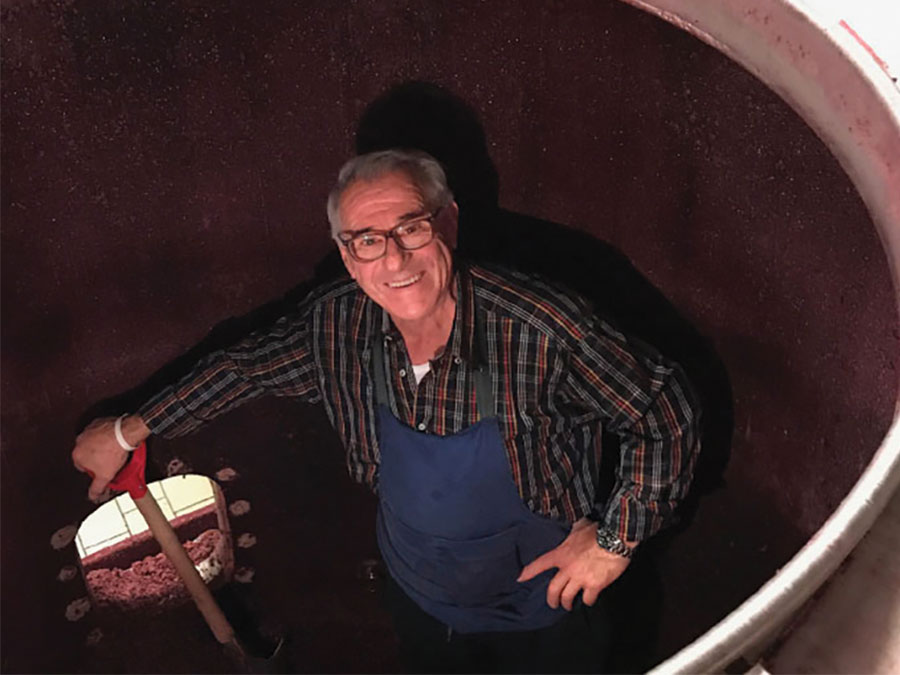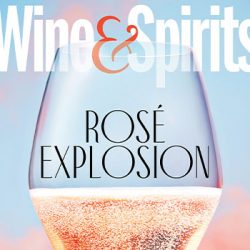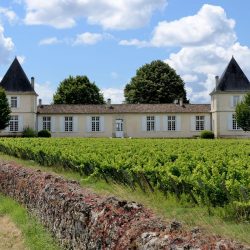

Luciano Sandrone has been admired as a talented winemaker, devoted family man and pioneering icon in the modern history of Barolo. To this list of accolades I’d like to add two others: avid student and patient teacher.
I last saw Luciano in the summer of 2021, when the fog of COVID travel restrictions had just begun to lift. I met him, along with his brother Luca and daughter Barbara, in the tasting room of their winery at the foot of Cannubi hill in Barolo. We talked mostly about the 2018 harvest, and toward the end of the visit I asked some questions about Vite Talin, Luciano’s pet project for more than a quarter century. We had run out of time, but Barbara invited me to come back the next day to continue the discussion.
When I returned, Luciano was waiting for me in his truck, ready to drive to the vineyard. It wasn’t enough for him to talk about this wine; it was imperative that I see the vines and touch the clusters. We walked the rows while he recalled the history of Vite Talin—how, back in 1987, Luciano had noticed a gnarled old vine in a nebbiolo parcel he was renting from an old farmer named Natale, whose nickname was Talin. The vine was different from the others, with thick jagged leaves, fewer and smaller bunches, and deeply colored berries with a high proportion of skins to juice.
Rather than replace the plant with a modern nebbiolo clone, as was common practice at the time, Luciano decided to study it. He field-grafted the plant material onto a few hundred plants and began a series of microvinifications. The fruit consistently produced a highly structured, deeply colored wine. But was it nebbiolo, or something else?
In 2017, after years of collaboration with Professor Anna Schneider at the University of Turin, and aided by improvements in DNA analysis, Luciano had his answer. Dr. Schneider’s team confirmed Luciano’s long-held belief that the vine was, in fact, nebbiolo. The 2013 vintage, which was resting in Sandrone’s cellars, became the first commercial release of Barolo Vite Talin, named for the old farmer who had entrusted his vines to Luciano.
Back in the Sandrone tasting room, Luciano presented a vertical of every vintage of Vite Talin going back to that 2013, with vivid commentary about the details of each growing season and harvest. Vite Talin has immediately joined the ranks of Barolo’s top wines, along with Sandrone’s Barolo Le Vigne, a blend of fruit from MGAs in five of Barolo’s villages, and Barolo Aleste, the Barolo from Cannubi Boschis that Luciano first produced in 1985 and renamed in 2013 to honor his grandchildren, Alessia and Stefano.
Sadly, I wasn’t able to see Luciano during my most recent visit to Barolo last November, but I did get to spend some time with Barbara and Luca. They hiked with me and W&S editor Joshua Greene up the steep slope of the Valmaggiore hill in Roero. Alessia led the way, carrying a poster-sized map of the vineyard, which Luca used to explain the unique aspects of this amphitheater, the source of Sandrone’s Nebbiolo d’Alba Valmaggiore. Barbara then invited us back to the winery, where she had lined up a vertical tasting of Valmaggiore going back to 2002.
Luciano will be sorely missed, but his legacy as a teacher lives on.


is the Italian wine editor at Wine & Spirits magazine.
This is a W&S web exclusive. Get access to all of our feature stories by signing up today.



















